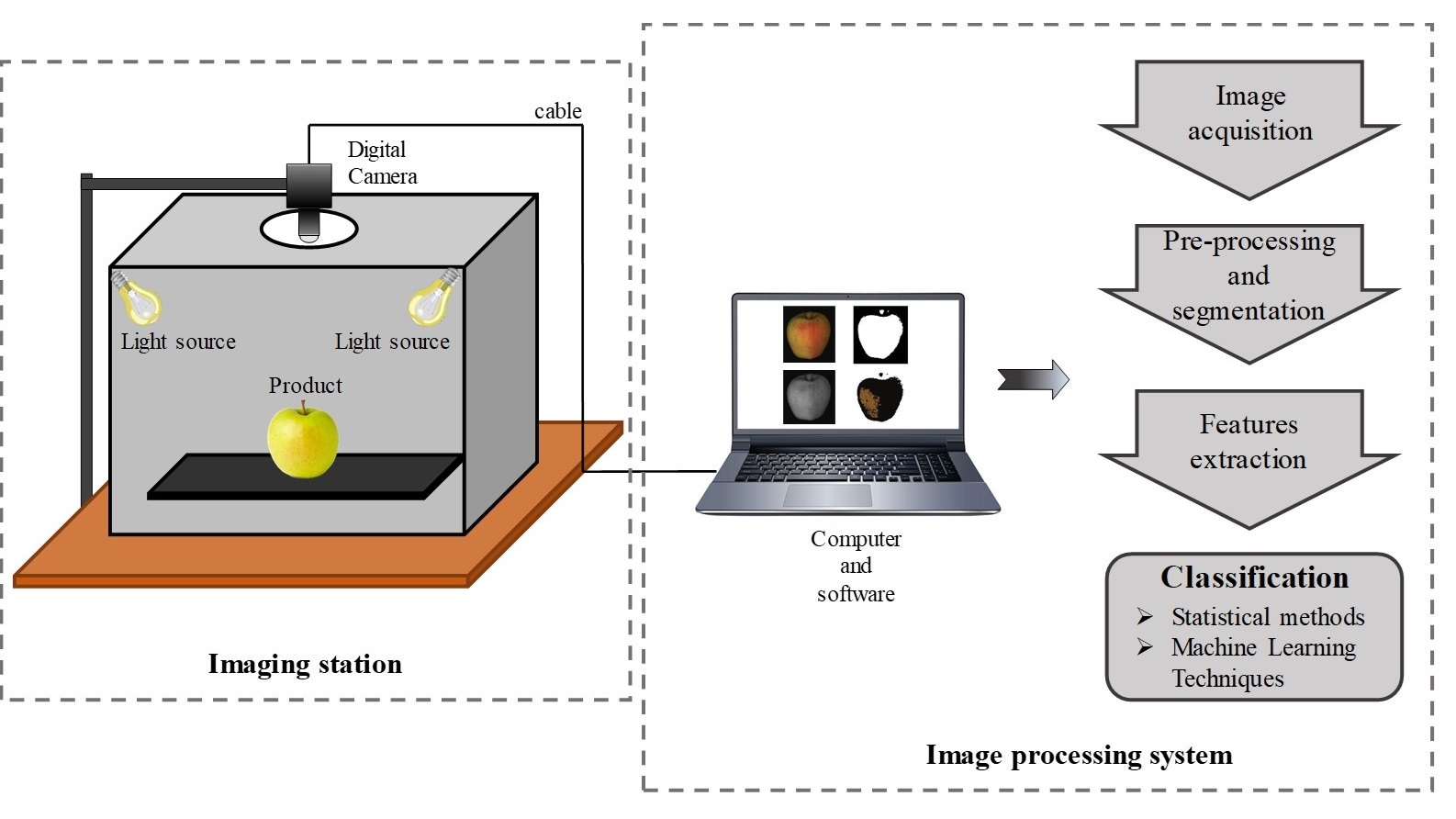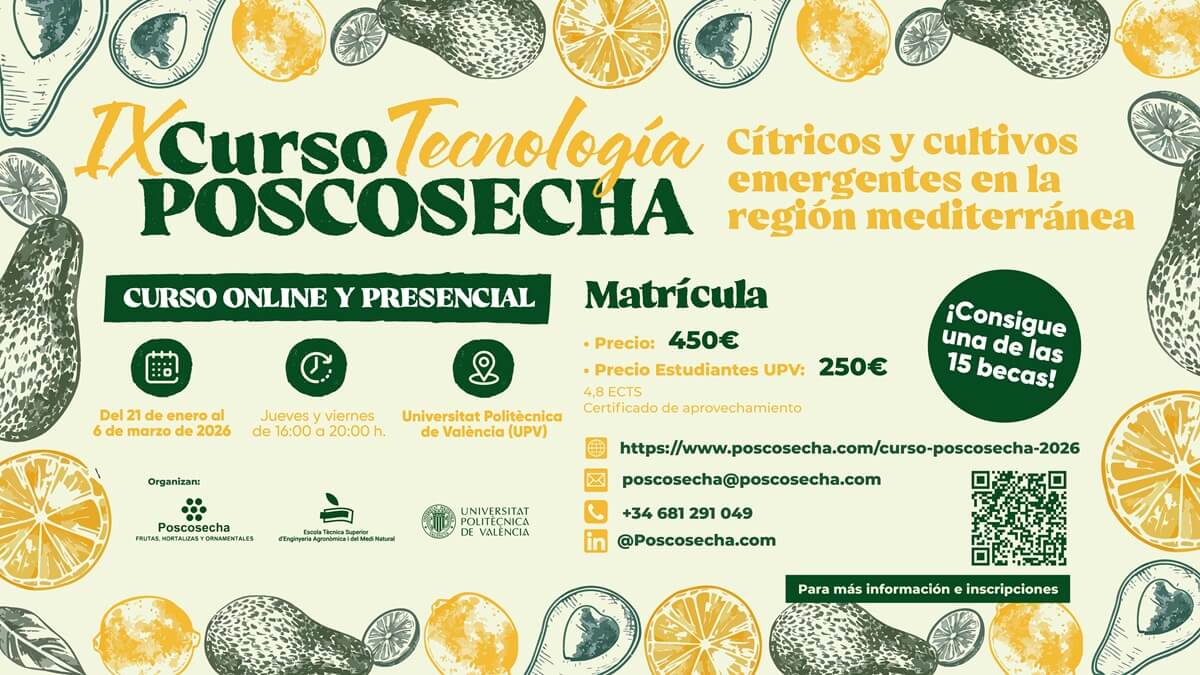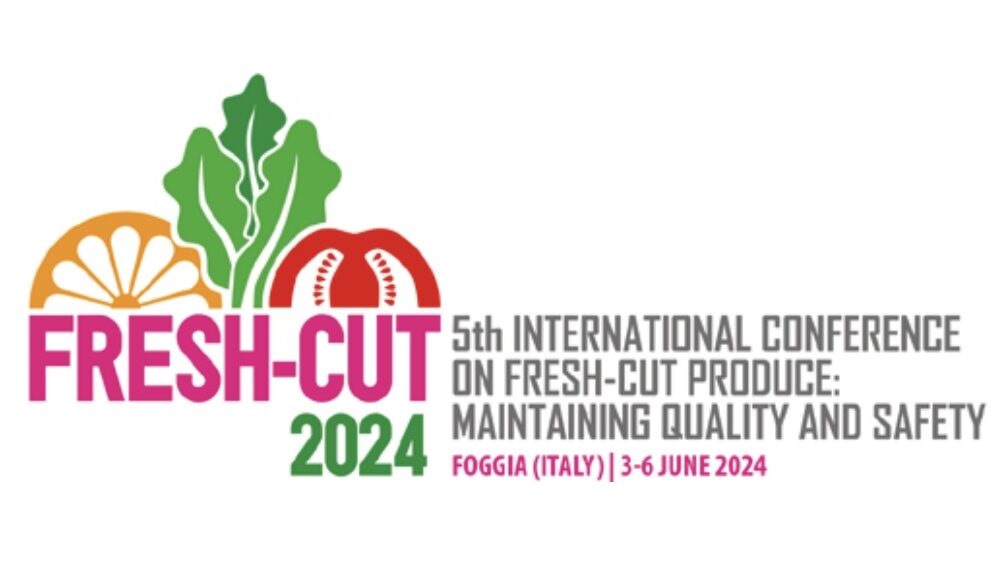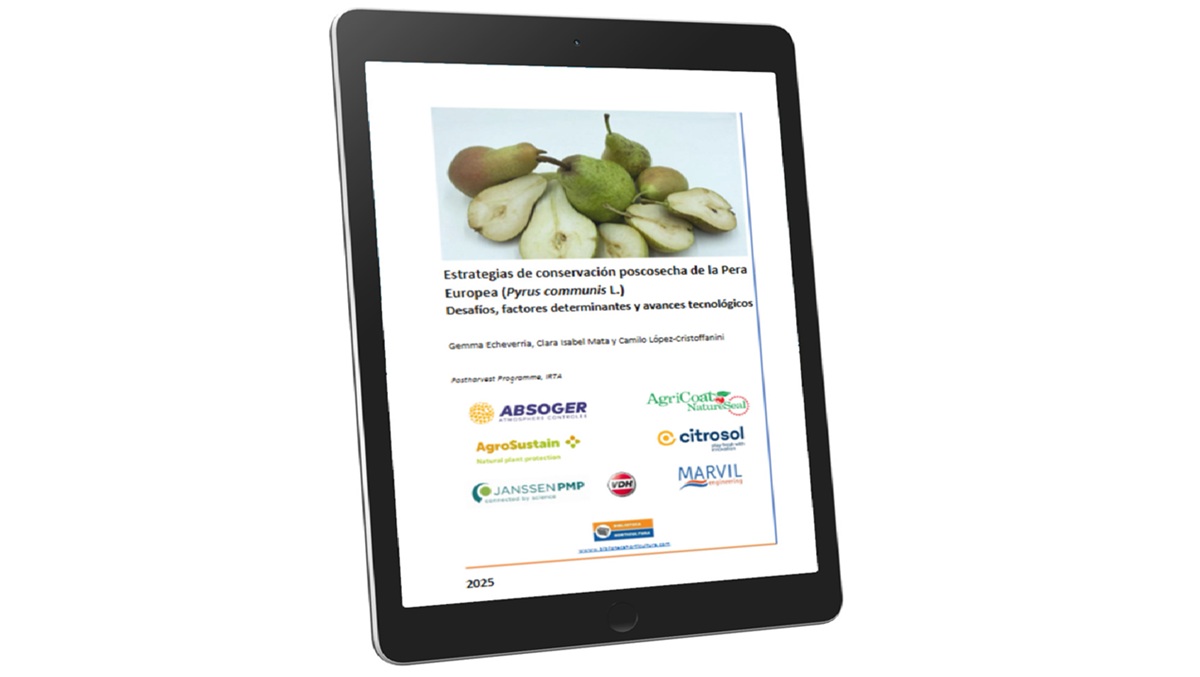Processing
Digital image analysis to add value to fresh-cut produce
Through Artificial Intelligence, image analysis algorithms are optimized to better describe the horticultural product and its history over time. By Dr. Michela Palumbo, michela.palumbo@unifg.it

Quality plays a fundamental role in the horticulture sector, being directly influenced by the product's level of maturity. It is characterized by the combination of physical and chemical attributes that determine its acceptance by consumers.
It is crucial to monitor quality and analyze the nutritional and organoleptic characteristics of horticultural products at every stage of the chain, as this becomes increasingly relevant to meet the demands of consumers who are becoming more demanding and conscious of these aspects.
The evaluation of the quality of fresh or minimally processed fruit and vegetables often involves the use of analytical techniques, such as sensory analysis and destructive methods. However, these practices involve long analysis times, the use of expensive (often contaminating) reagents, the need for specific skills, and the use of expensive and sophisticated equipment. These approaches are not suitable for industrial quality control applications, where speed, reliability, precision, and sustainability are prioritized.
The application of non-destructive quality control techniques emerges as a valuable tool for monitoring fresh or fresh-cut horticultural products throughout the entire chain, both in the harvest phase and in the cold chain.
Within the broad spectrum of non-destructive technologies, digital image analysis stands out as a valuable tool for standardizing and objectifying product quality control quickly and accurately, covering the entire process from production to the final consumer.
What is digital image analysis?
Digital image analysis is a non-destructive and contactless technology suitable for the classification and qualitative evaluation of horticultural products. By integrating advanced vision technologies and artificial intelligence, it can estimate parameters useful for evaluating the quality of horticultural products both at harvest and during the cold chain.
Image acquisition is done using digital cameras in RGB (operating at wavelengths sensitive to the human eye), available in the market at affordable prices, and an appropriate lighting system. A PC processes the acquired images with specific software to extract the most relevant visual information (color, shape, presence of defects) correlated with the product's quality. This information is used to build predictive models for classification, qualitative evaluation, and detection of external defects. The integration of artificial intelligence and machine learning methodologies enhances the efficiency of digital image analysis, simplifying the design, development, and optimization of "intelligent vision systems."
Parameters Evaluated and Experimental Applications
Digital image analysis through intelligent vision systems is capable of providing automatic, accurate, fast, non-destructive, and contactless assessment of the qualitative level (understood as the degree of freshness) and external defects of fruit and vegetables.
In addition to evaluating visible morphological traits, intelligent vision systems can determine some internal characteristics related to nutritional quality by measuring color variations that occur during the product's storage due to physiological processes that reduce its shelf life. For example, they can assess nutritional values, storage time, browning level, ammonia content, indicators of senescence, and maturation of horticultural products (all parameters useful throughout the supply chain).
Furthermore, intelligent vision systems can analyze the quality of fresh-cut products directly through the packaging material, with performance similar to those of unpackaged products: a robust image segmentation system identifies areas where the product is well-visible and extracts the necessary information for qualitative evaluation.
Digital image analysis with intelligent vision systems has been experimentally validated on various types of fresh and fresh-cut products (lettuce, radicchio, nectarines, carrots, table grapes, strawberries, and rocket leaves), with and without packaging, to define the degree of freshness during storage and estimate some intrinsic biochemical parameters, objective markers of product quality. These research activities were conducted within the framework of the project 'Sustaining Low-impact Practices in Horticulture through Non-destructive Approach to Provide More Information on Fresh Produce History & Quality (SUS&LOW),' funded by MUR-PRIN 2017, thanks to a brilliant collaboration entirely in Puglia between the University of Foggia, the Institute of Food Production Sciences of CNR, and the Institute of Systems and Industrial Technologies for Advanced Manufacturing of CNR.
Table 1. Main performances of the algorithms in the vision systems tested within the SUS&LOW Project
| Product | Objective | System accuracy * |
| Table grapes | Freshness degree assessment | Very high in cv Italia and Vittoria |
| Strawberries | Identification of the optimal harvest moment through the prediction of titratable acidity | Very high |
| Carrots | Evaluation of nutritional quality through the prediction of antioxidant activity and total phenolic content |
Very high for antioxidant activity Very high for total phenolic content |
| Fresh-cut rocket leaves |
Freshness degree assessment Discrimination of agricultural practices used in cultivation |
Very high |
| Fresh-cut nectarine | Freshness degree assessment | High |
| Fresh-cut radicchio | Freshness degree assessment | Very high |
| Fresh-cut rocket leaves | Evaluation of shelf life through the prediction of chlorophyll content |
Very high Acceptable |
| Fresh-cut rocket leaves | Evaluation of shelf life through the prediction of chlorophyll and ammonia content through packaging |
High for chlorophyll in packaged product High for chlorophyll in bulk product Very high for ammonia in packaged product Very high for ammonia in bulk product |
| Fresh-cut lettuce | Freshness level assessment with and without packaging |
High in packaged product High in bulk product |
* R^2 ≥ 0.90 = Very high; 0.89 ≤ R^2 ≤ 0.70 = High; 0.69 ≤ R^2 ≤ 0.50 = Acceptable; 0.49 ≤ R^2 ≤ 0.30 = Sufficient; R^2 ≤ 0.29 = Insufficient.
Application Areas
Digital image analysis with intelligent vision systems can provide objective quality control of products along the entire logistics chain, from producers to end consumers. It can lead to increased satisfaction for the end consumer at the time of purchase, along with the reduction of food losses and waste.
In the case of fresh-cut products, intelligent vision systems can be employed in logistics platforms by retailers to assess the incoming quality of horticultural products and for optimal inventory management. This allows for advanced knowledge of the potential shelf life of the product and provides valuable insights for warehouse organization and the development of marketing and sales policies (e.g., promotions).
Moreover, they can support new marketing strategies that promote consumer choices through the presence of an intelligent vision system in the retail environment. This system could provide constantly updated qualitative and nutritional information, contributing to the improvement of communication regarding the quality and safety of horticultural products to consumers, and fostering loyalty.
Where information on a pre-packaged salad may currently be lacking, a digital image reader placed in a corner of the retail space could step in. Customers could place the product under the reader to obtain real-time information about the quality and freshness of the item. This way, it's no longer the packaging but the product itself that communicates with the consumer.
Advantages, Challenges, and Limitations
Intelligent vision systems, through the integration of artificial intelligence, allow for minimizing the involvement of an external operator in the design, configuration, and initiation phases. They are scalable systems applicable to various product types by training predictive models on new examples without altering the system architecture. They are versatile, robust, easily transportable, and can be easily installed in different working environments in the supply chain (laboratory, warehouse, retail, etc.). Additionally, these systems could be integrated with other software systems commonly used for logistics management in logistics platforms and distribution.
The application of intelligent vision systems to the horticultural sector does not pose particular criticalities, as it is a technology that enables the evaluation of product shelf life in a reproducible, objective, automatic, and cost-effective manner, with execution times on the order of milliseconds.
Naturally, technological innovation comes with a cost, both for research and implementation in production processes, and the initial cost of integrating an intelligent vision system into processing lines or retail points could be an obstacle. However, often innovation attracts producers and consumers willing to spend more, especially for high-service content products, such as those in the fresh-cut produce, making these technologies promising for the potential development of the post-harvest sector.
This topic will be extensively addressed in a session during FRESH-CUT 2024, the International Conference on Minimally Processed Produce, scheduled to take place in Foggia, Italy, from June 3 to June 6, 2024.
By Dr. Michela Palumbo, michela.palumbo@unifg.it
Related news




.jpg)








